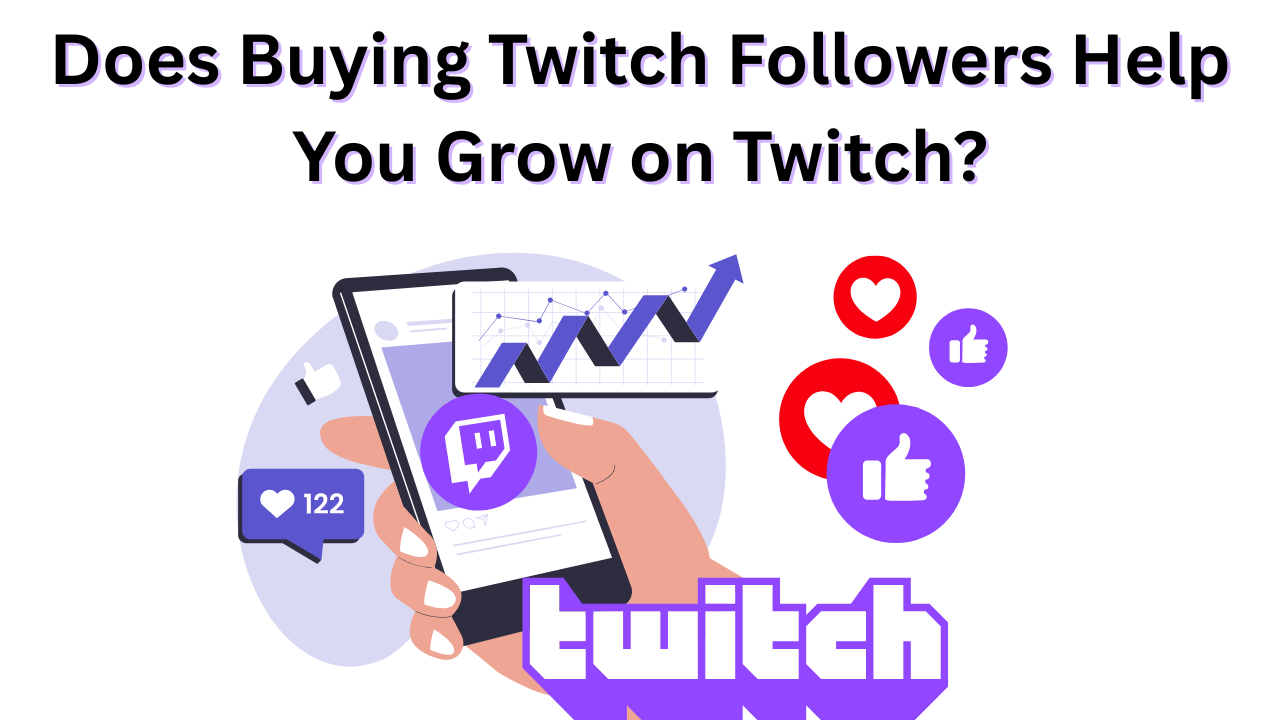How Many Watch Hours to Monetize on YouTube?
Published: July 22, 2024
Learning how many watch hours to monetize YouTube is a significant milestone for many creators.
Achieving this status allows you to earn revenue from ads displayed on your YouTube videos. To fast-track this process, you can meet the required threshold more quickly.
But what exactly are the requirements, and how can you meet them?
Let’s discuss everything you need to know about YouTube’s monetization requirements and offer tips to help you reach the coveted buy Youtube watch hours.
YouTube Monetization Requirements
Watch hours are the total amount of time viewers spend watching your own videos.
For example, if 100 viewers watch 10-minute video ads, you accumulate 1,000 minutes of watch time, equivalent to 16.67 hours.
As of 2024, the requirements to join the YouTube Partner Program (YPP) are as follows:
- 1,000 Subscribers
- 4,000 Public Watch Hours in the Last 12 Months
- Adherence to YouTube’s Policies and Guidelines
- An AdSense Account Linked to Your YouTube Channel
Statistical Analysis of Watch Hours

To put it into perspective, consider the following scenarios:
- Daily Upload Strategy: Uploading a 10-minute video daily. Assuming each entire video garners 50 views, this strategy would generate 500 minutes (8.33 hours) of watch time per day. Over a year, this amounts to approximately 3,041 hours.
- Weekly Upload Strategy: Uploading a 20-minute video weekly. If each video receives 200 views, it would result in 4,000 minutes (66.67 hours) of watch time per week. Over a year, this totals 3,467 hours.
Both strategies show that consistency and viewer engagement are crucial to reaching the 4,000-hour requirement. If you’re looking to grow faster, buy Youtube views can help boost initial visibility, but combining it with organic engagement is key to long-term success.
Alternative Criteria for YouTube Shorts
For creators focusing on Shorts, there’s an alternative route:
- 10 Million Public Shorts Views in the Last 90 Days
This option benefits those who create short-form content, allowing them to amass views quickly and create videos.
Steps to Achieve 4,000 Watch Hours
Reaching 4,000 watch time requires consistent effort and strategic planning. Here are some actionable steps to increase YouTube engagement to help you achieve this goal for your live stream
1. Create Engaging Content
High-quality, engaging content is the cornerstone of accumulating watch time. Here are some tips:
- Understand Your Audience: Create content that resonates with your viewers’ interests.
- Consistency is Key: Upload regularly to keep your viewers engaged.
- Optimize for Retention: Make your private videos interesting enough to keep viewers watching till the end.
2. Use YouTube Analytics
YouTube Analytics is a powerful tool that provides insights into your channel’s performance. Key metrics to focus on include:
- YouTube Watch Time: Track the total minutes watched.
- Audience Retention: Understand how well your videos are retaining viewers.
- Traffic Sources: Identify where your viewers are coming from.
3. Use Playlists
Creating playlists can significantly increase your watch time. Group related videos into playlists to encourage binge-watching.
Playlists help keep viewers on your YouTube channel for longer periods.
4. Promote Your Videos
Promoting your videos across different platforms can drive more views and increase YouTube watch time. Share your videos on social media, blogs, and forums related to your niche. Additionally, Youtube promotion services can help boost the visibility of your videos, reaching a wider audience and enhancing your channel’s growth. By leveraging these services, you can target specific groups that align with your content, ensuring that your videos gain more traction
5. Collaborate with Other Creators
Collaborations can expose your YouTube channel to new audiences. Partner with other YouTubers in your niche to create content that appeals to both your audiences.
Statistical Insights on YouTube Monetization

To provide a clearer picture, let’s delve into some statistics related to monetization.
Engagement Metrics
According to SocialBee, channels with higher engagement rates (buy YouTube likes, comments, shares) tend to reach monetization faster.
Channels that actively engage with their viewers, such as responding to comments and asking for viewer feedback, see a 30% faster growth in watch time compared to those that don’t engage. One effective way to boost engagement is to buy YouTube comments, which can encourage more organic discussions and interactions on your videos.
Impact of Thumbnails and Titles
The same study highlighted that effective thumbnails and titles could boost click-through rates (CTR) by up to 25%.
YouTube videos with high CTRs generally accumulate how much watch time is faster, as more viewers are likely to click and watch.
More Watch Hours Distribution
A report by TubeBuddy indicated that 70% of the average YouTube channel’s watch time comes from less than 20% of the channel’s videos.
This suggests that focusing on creating a few high-quality, engaging videos can significantly boost watch time.
Comparison Table: Traditional Videos vs. Shorts for Monetization
| Metric | Traditional Videos | YouTube Shorts |
| Required Watch Time | 4,000 hours in the last 12 months | 10 million views in the last 90 days |
| Average Length | 10-30 minutes | 15-60 seconds |
| Engagement Rate | Higher engagement over longer periods | High engagement in short bursts |
| Time to Reach Requirements | 18-24 months | 3-6 months |
| Best Practices | Consistent uploads, SEO, thumbnails | Viral content, frequent uploads |
Frequently Asked Questions
Is it hard to get 4000 watch hours?
Reaching 4,000 watch time can be challenging, especially for new or small YouTube channels.
Statistically, only about 10% of YouTube channels ever reach this milestone. According to YouTube, the platform has over 51 million channels.
Still, as of 2021, only around 2 million of those channels are part of the YouTube Partner Program, which requires meeting the 4,000 watch time and 1,000 subscribers criteria.
How many views are 3000 watch time?
To calculate the number of views needed for 3,000 watch time, we need to know the average duration viewers watch each video. If you’re looking to grow your channel faster, buy YouTube shorts views can help boost visibility and engagement
Let’s assume the average view duration is 5 minutes for a YouTube creator:
- Total minutes required for 3,000 hours: 3,000 hours * 60 minutes = 180,000 minutes.
- Views needed: 180,000 minutes / 5 minutes per view = 36,000 views.
If the average view duration is 10 minutes:
- Views needed: 180,000 minutes / 10 minutes per view = 18,000 views.
These calculations highlight the importance of viewer retention. The longer viewers watch each video, the fewer views are required to meet the watch hour goals. Additionally, creators looking to boost engagement quickly may buy YouTube live views, which can help attract more organic viewers by increasing perceived popularity.
Can I get monetized without 4000 watch time hours?
Yes, you can get monetized without reaching 4,000 watch time if you meet the alternative criteria for Shorts:
- 10 Million Public Shorts Views in the Last 90 Days
This alternative route allows creators who specialize in short-form content to monetize their channels.
According to YouTube, the introduction of this criterion has helped many new creators quickly join the YouTube Partner Program by capitalizing on the viral nature of Shorts. Additionally, exploring ways to get instant views on YouTube can help speed up the process of gaining visibility.
What will happen if I don’t get 1,000 subscribers and 4000 hours of YouTube watch time in one year?
If a YouTube channel does not meet the 1,000 subscribers and 4,000 watch time requirement within a year, it will not qualify for the YouTube Partner Program (YPP) and, therefore, cannot monetize its content through YouTube ads.
The channel can continue to upload content, accumulate subscribers, and increase watch time. However, some creators look for alternative ways to grow faster, such as strategies to buy YouTube subscribers or using organic methods to attract a loyal audience.
There are no penalties for not meeting the criteria within a specific timeframe, but the channel must meet these requirements before applying for monetization.
Additionally, channels that previously met the requirements but fell below the threshold might lose their monetization status on their YouTube studio.
YouTube periodically reviews channels to ensure they continue to meet the eligibility criteria.
Conclusion
Achieving the 4,000 watch time required for YouTube monetization is a significant goal, but with the right strategies, it is attainable.
By creating engaging content, optimizing thumbnails and titles, and leveraging YouTube playlists, creators can increase their YouTube watch time and move closer to monetization. This is one way to monetize my YouTube channel and start earning from your hard work.
The statistical data and case studies provided illustrate the effectiveness of these strategies, offering aspiring YouTube creators a clear path to success.



